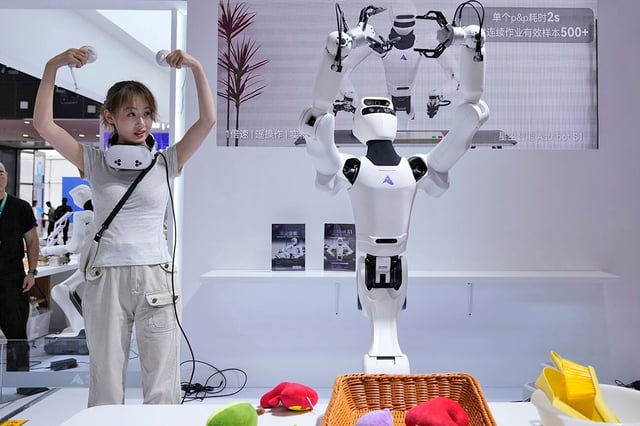Overview
- Microsoft Research, analyzing 200,000 Copilot interactions from January to September 2024, identifies interpreters and translators as the most exposed occupation, with the tool covering about 98% of professional translation tasks.
- A Stanford study published August 26 reports a 16% decline in openings for 22–25‑year‑olds in U.S. sectors exposed to AI since late 2022, including nearly 20% fewer entry‑level programming roles.
- Mexico’s July 2025 AI framework proposal reserves copyright for human creations and would require registries for AI applications, yet leaves unclear whether prior human translations can be used to train models and how confidentiality is protected.
- Economists and employers point to nearshoring as a buffer for displacement, with Mexican hubs such as Monterrey, Saltillo, the Bajío, Tijuana, Guadalajara and Querétaro adding demand for welders, assemblers and technicians.
- Practitioners counsel translators to pivot toward critical review, style curation and subject‑matter specialization, highlighting contextual judgment and sensitive‑data handling as areas where humans retain an edge.



